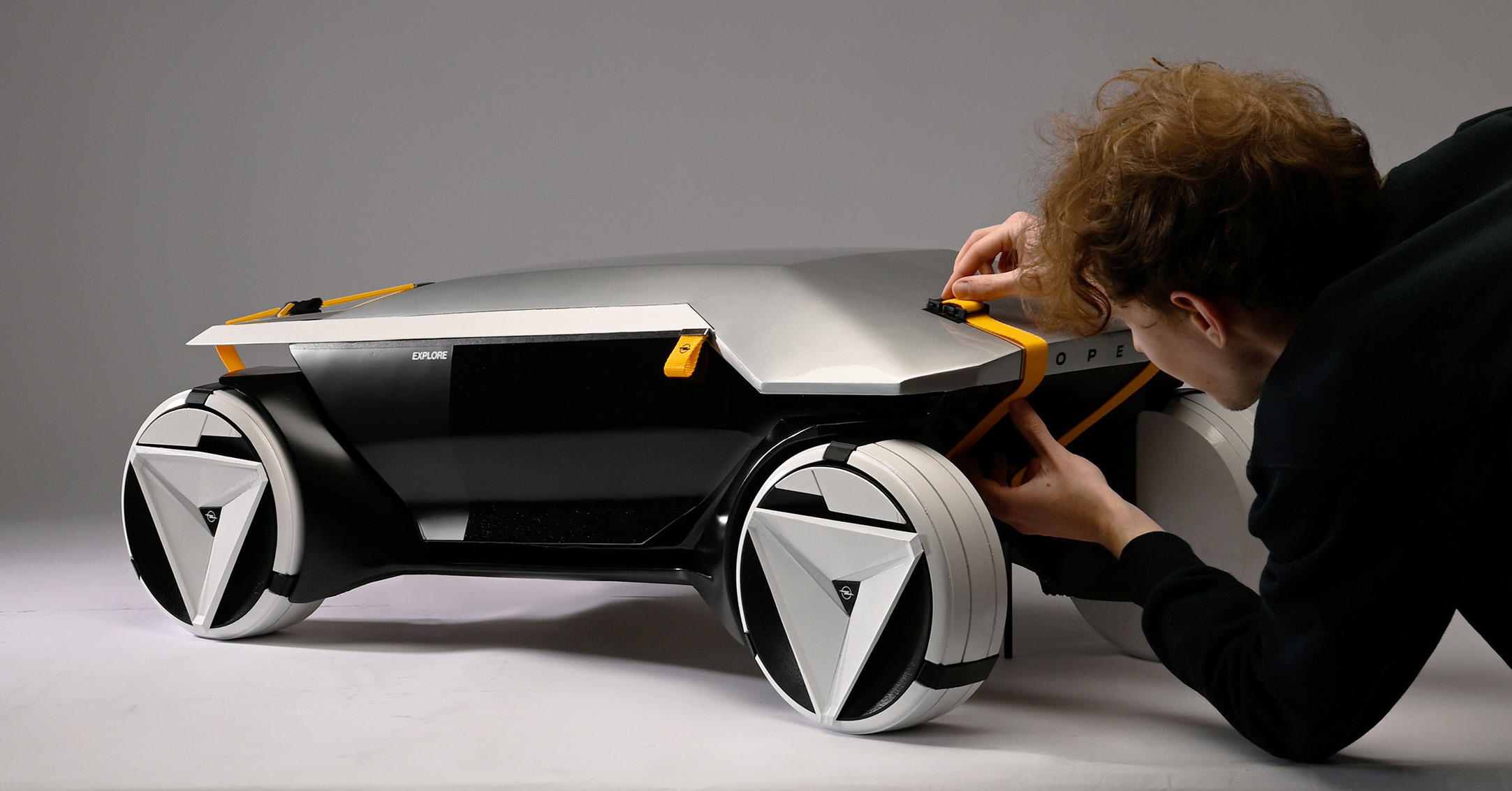The future is never real. It exists as an idea – in creative minds. And if you’re looking for young, particularly creative talent, you can’t ignore the “Transportation Design” course at Pforzheim University. The course, which produces a constant stream of talent for the design industry, is the perfect starting point to explore the question of what the “Iconic Opel 2040” could look like. Students from the 4th and 6th semesters worked intensively on it for six months and showcased their ideas from the first sketch to the three-dimensional model.
“The results are particularly valuable for us – they are created far away from the restrictions and occupational blindness that come with many years of professional experience,” said Florian Theis. The 41-year-old heads Opel’s Advanced Design and creates visionary concept vehicles with his team – like the stunning Opel Experimental. He himself studied in Pforzheim, and now he returned to the northern Black Forest as a guest together with his colleagues Karim Giordimaina (Design Director Interior) and Malcolm Ward (Design Director Exterior) for the “Degree Show” final presentation.
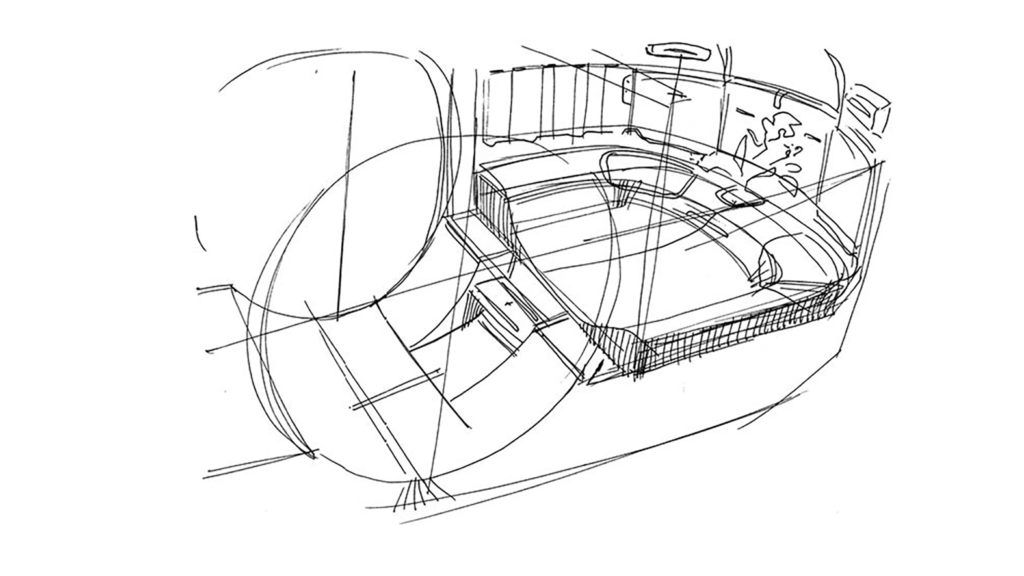
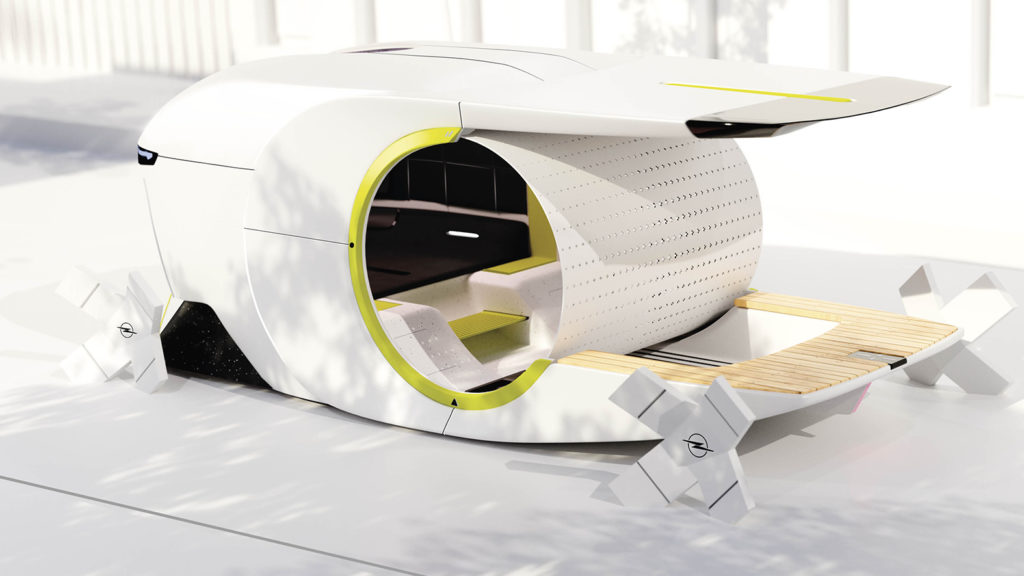
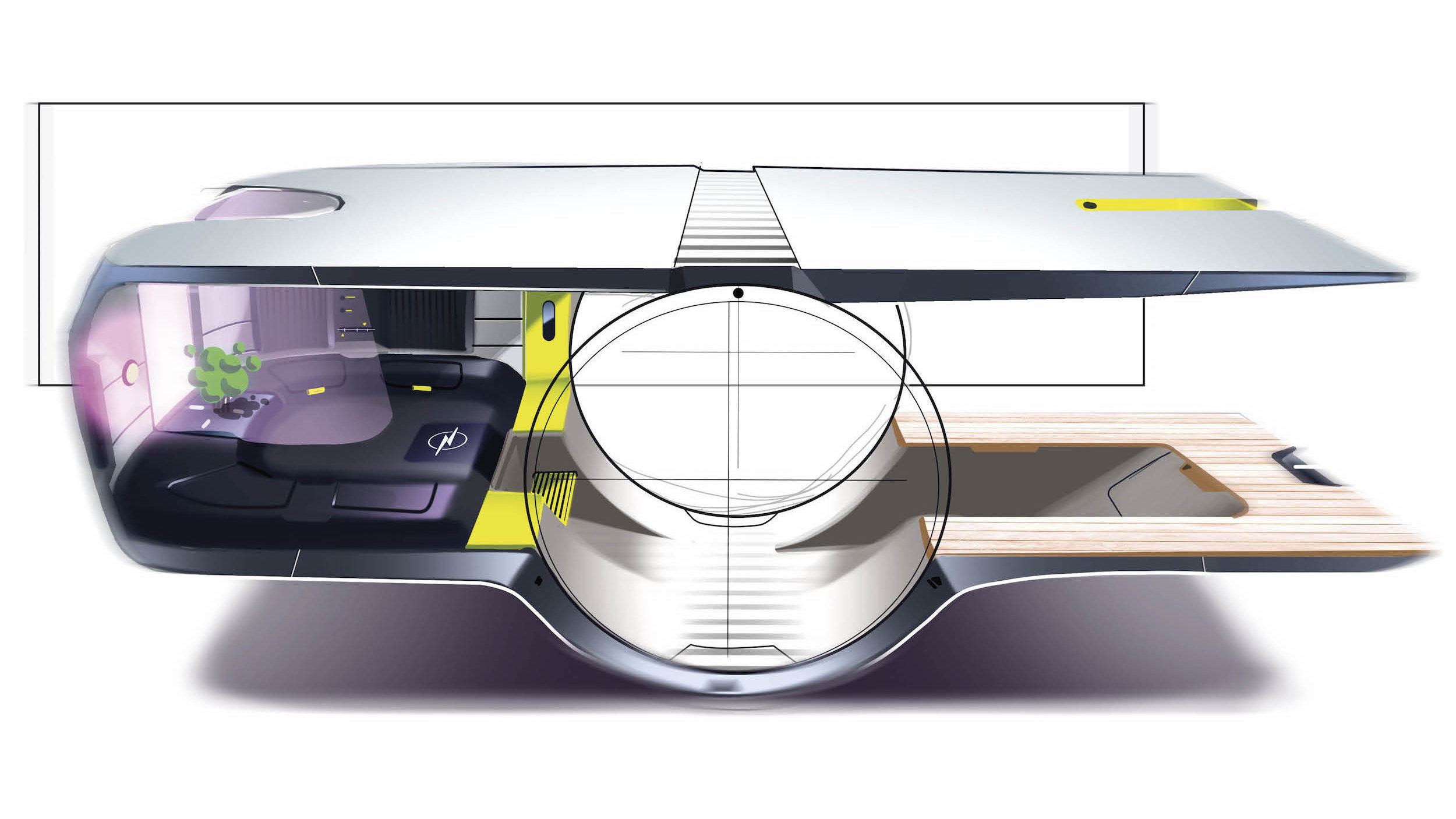
What awaited the designers there went beyond pure design studies. The students not only investigated topics such as automation, networking and electrification, they also incorporated fundamental socially relevant and philosophical considerations into their designs. With his interior concept, Konstantin Sorge, for example, has left behind the fact of simply creating a means of transport that takes people from one place to another.
Making city districts more attractive
With the “Opel Pavilion” he explores the idea of how the attractiveness of city districts can be increased by bringing people together. The pavilion can be flexibly placed in districts to temporarily host events, markets or cultural activities. Its interior and exterior surfaces invite people to relax and linger. The mobile “Opel Pavilion” is equipped with a centrally driven wheel. “Its mobility enables it to promote dynamism and diversity in different parts of the city,” explained Konstantin Sorge.
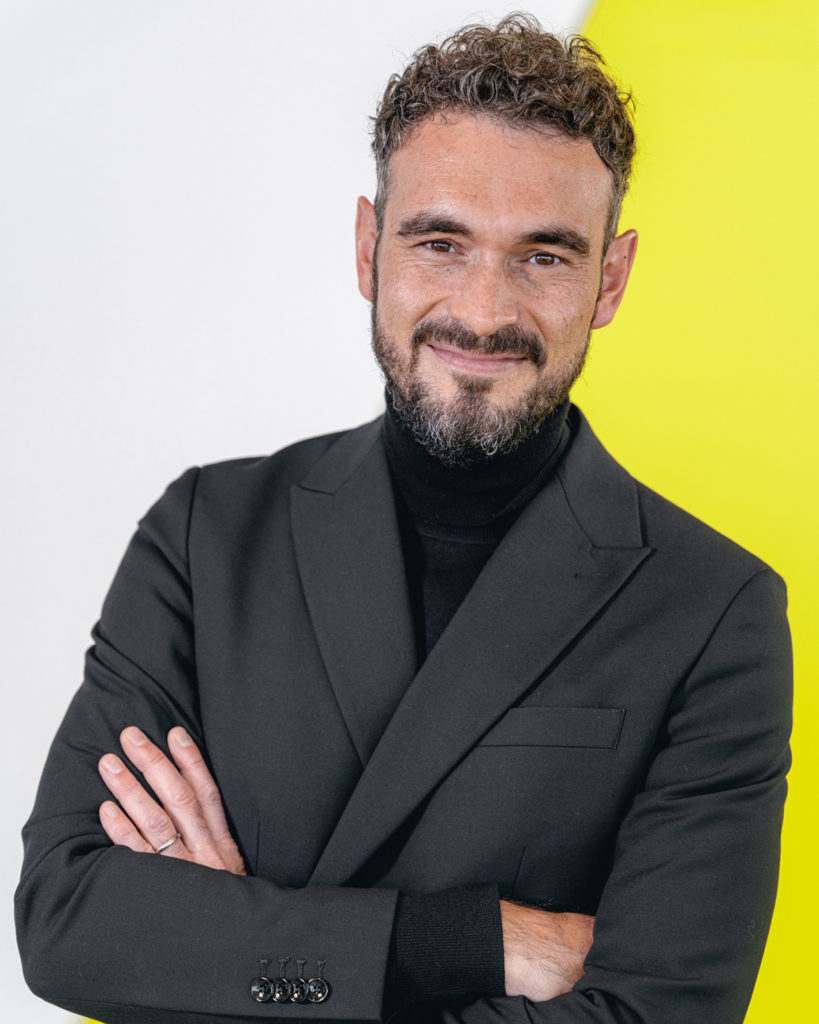
“The results are particularly valuable for us – they are created far away from the restrictions and occupational blindness.”
– Florian Theis –
The road as the only catwalk for automobiles – a thing of the past according to Nico Alber. He chose nature as the natural habitat for his “Opel Switch”. The vehicle remains in the forest between trees and waits to be explored. When found, it changes shape and invites people to get in. The passengers don’t know where the journey will take them. With no roof and no windshield, the Opel Switch autonomously drives to the next destination while passengers experience nature up close.
Desirable two-seater
Alber was inspired by geocaching, a modern form of treasure hunting. With the “Opel Switch” the student wants to provide an incentive to “escape the digital world and bring people back into nature.” And what is hidden must be worth finding: the flowing, minimalist lines make the two-seater extremely desirable.
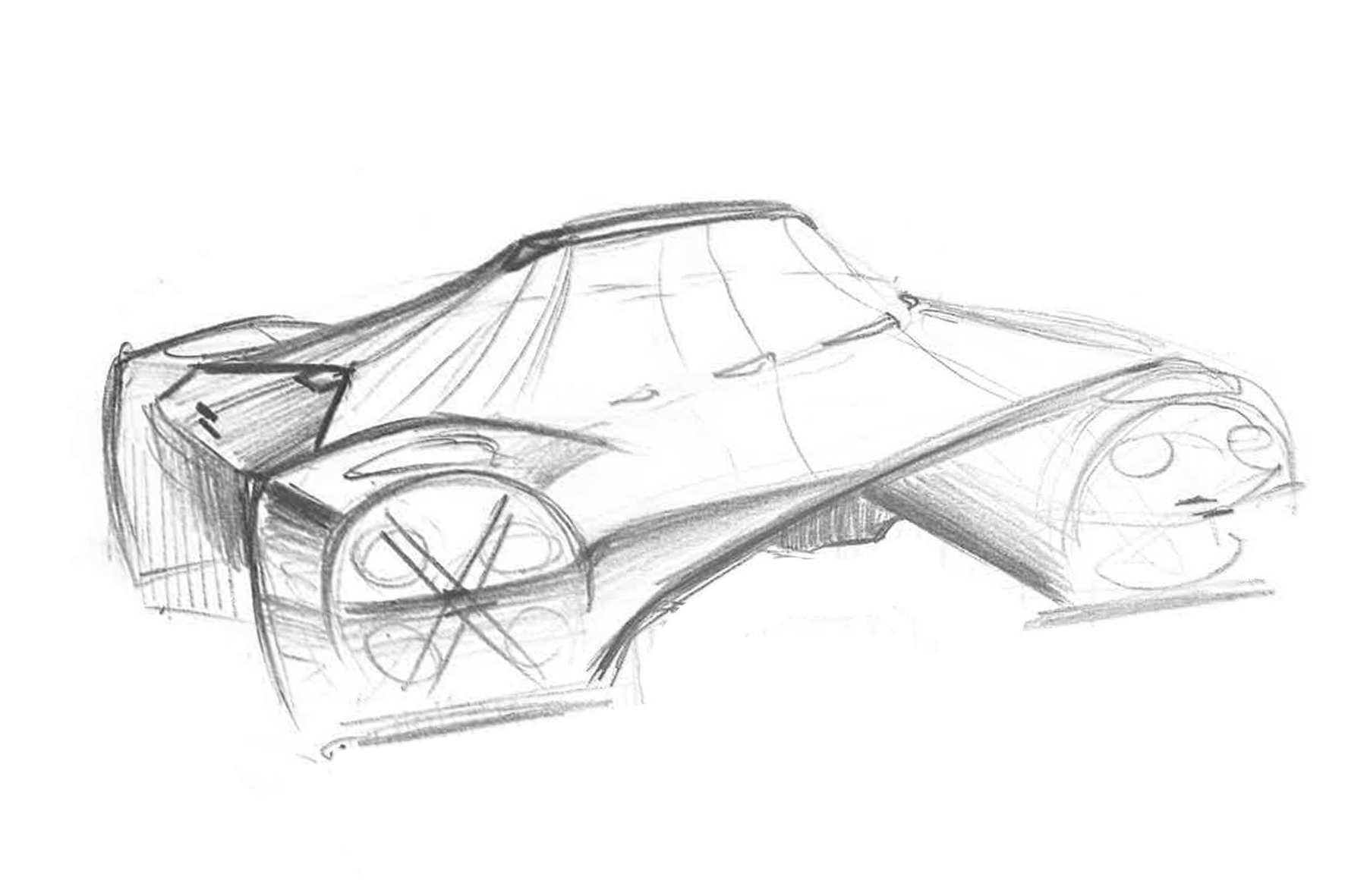
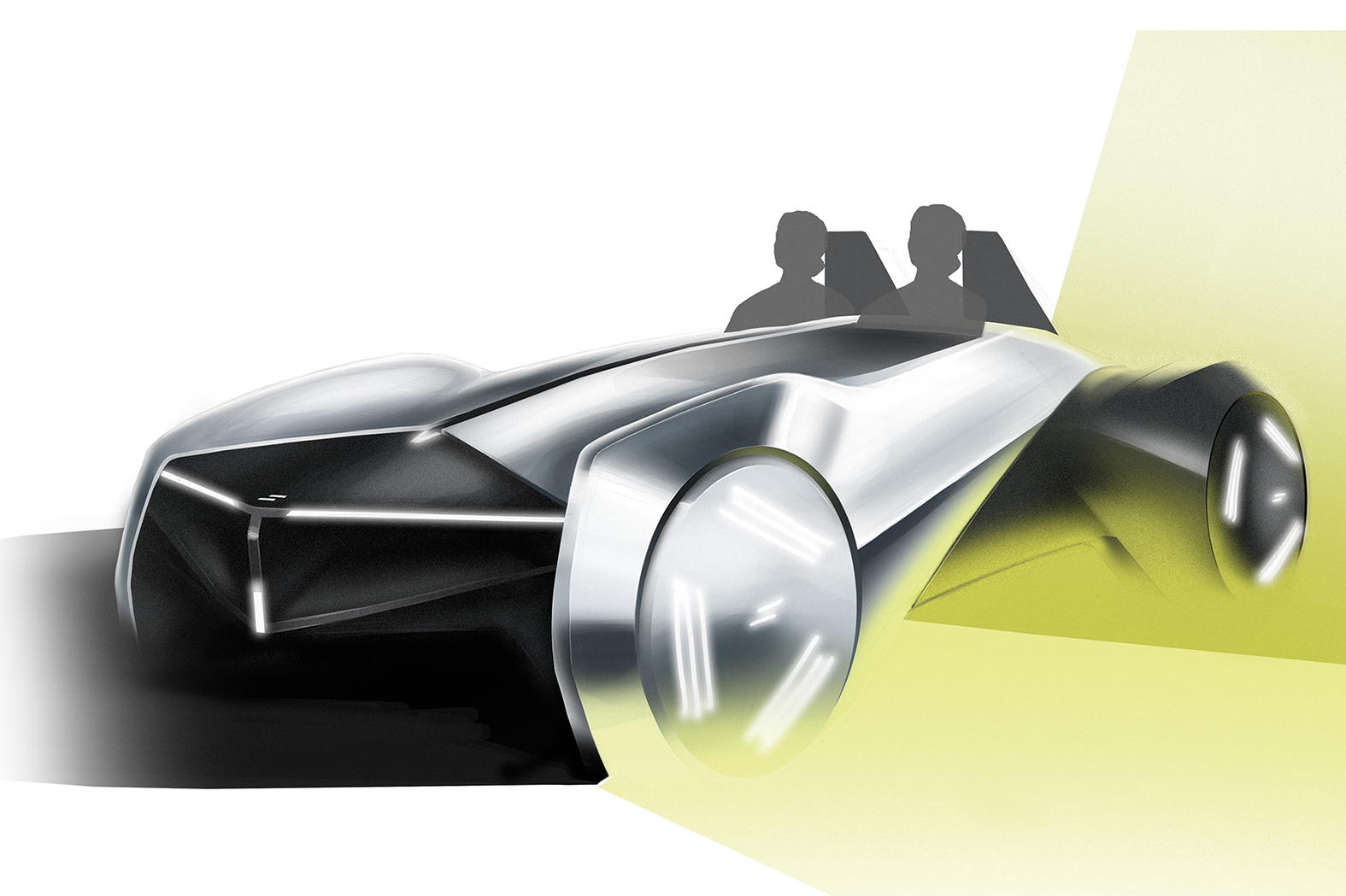
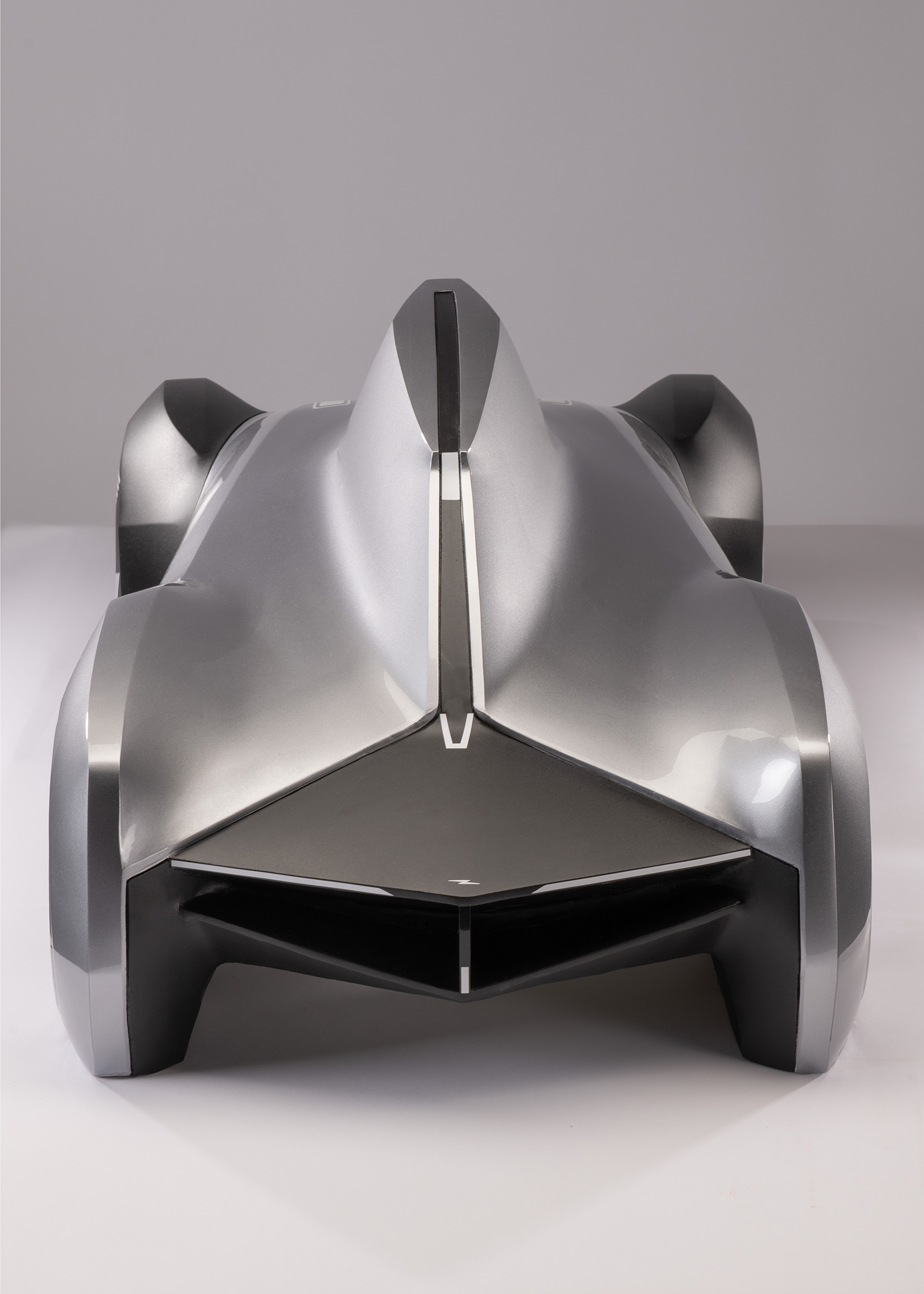
“All 21 final projects are outstanding – it was an all-round impressive Degree Show,” said Kurt Beyer, professor in the “Transportation Design” course. Whether it is in aerodynamics, automotive design, ergonomics, materials science, representation techniques, computer programs or basic knowledge of branding, design and marketing – the young designers receive first-class training at Pforzheim University. “But it’s not enough to be a top designer and an outstanding illustrator, you have to be visionary and sense trends,” emphasized Beyer. And this is exactly what the young designers have proven.
Team spirit is crucial
The ability to see a project like this through from the idea to implementation can only be achieved if you are highly motivated. “You need to be really passionate,” confirmed Beyer. It was particularly exciting for him to observe how the students developed and how they dealt with feedback. Because: “Automotive development is not for lone wolves – it is a team sport.”
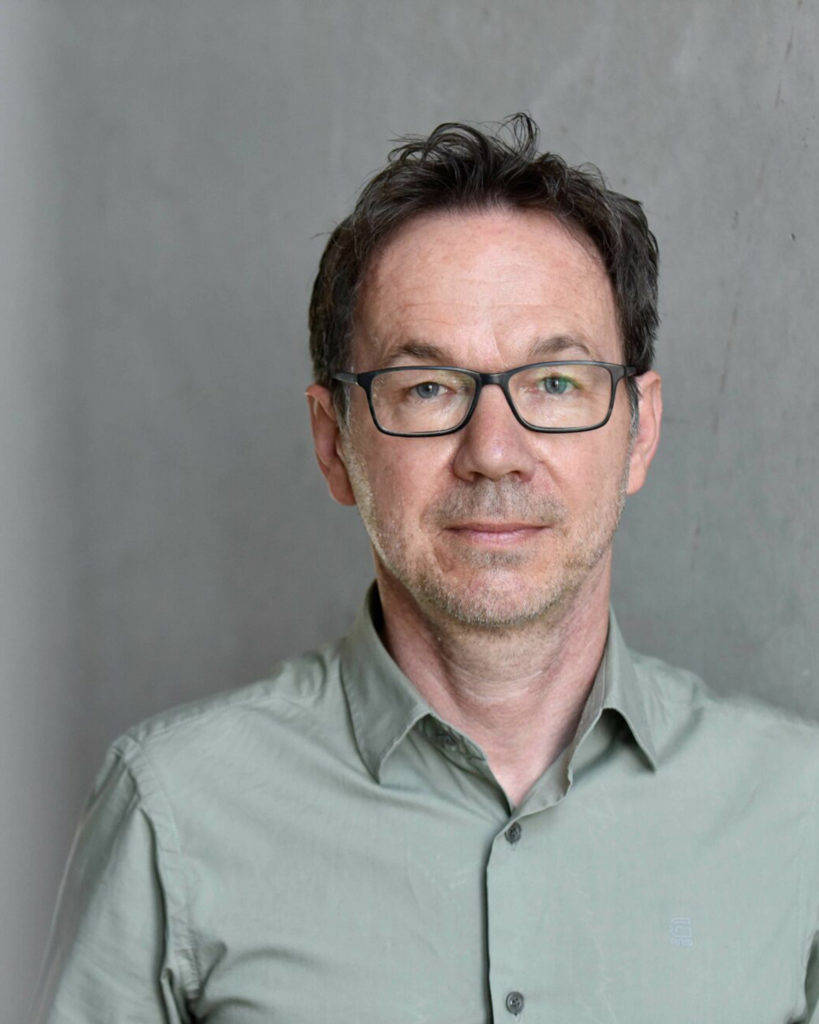
“It’s not enough to be a top designer and an outstanding illustrator, you have to be visionary and sense trends.”
– Kurt Beyer –
Beyer himself was chief designer at Opel for 13 years before he was appointed to the renowned training centre in 2022. Here he wants to help young designers tackle what is, after all, “the biggest task since the invention of the automobile. Young people want to be connected to the world in the car. Reconciling this with sustainability and actions that conserve resources and keep our earth habitable for future generations – that is the big task for the future.”
An Opel longing to be explored
Whereby the future is a space full of new possibilities. With his exterior study “Opel Explore”, Fabian Reiser wants to encourage young people to cultivate human relationships and meaningful social interactions – far away from their digital bubble. The Explore invites people to experience adventures together; special trips are rewarded with stickers that appear on the outer skin.
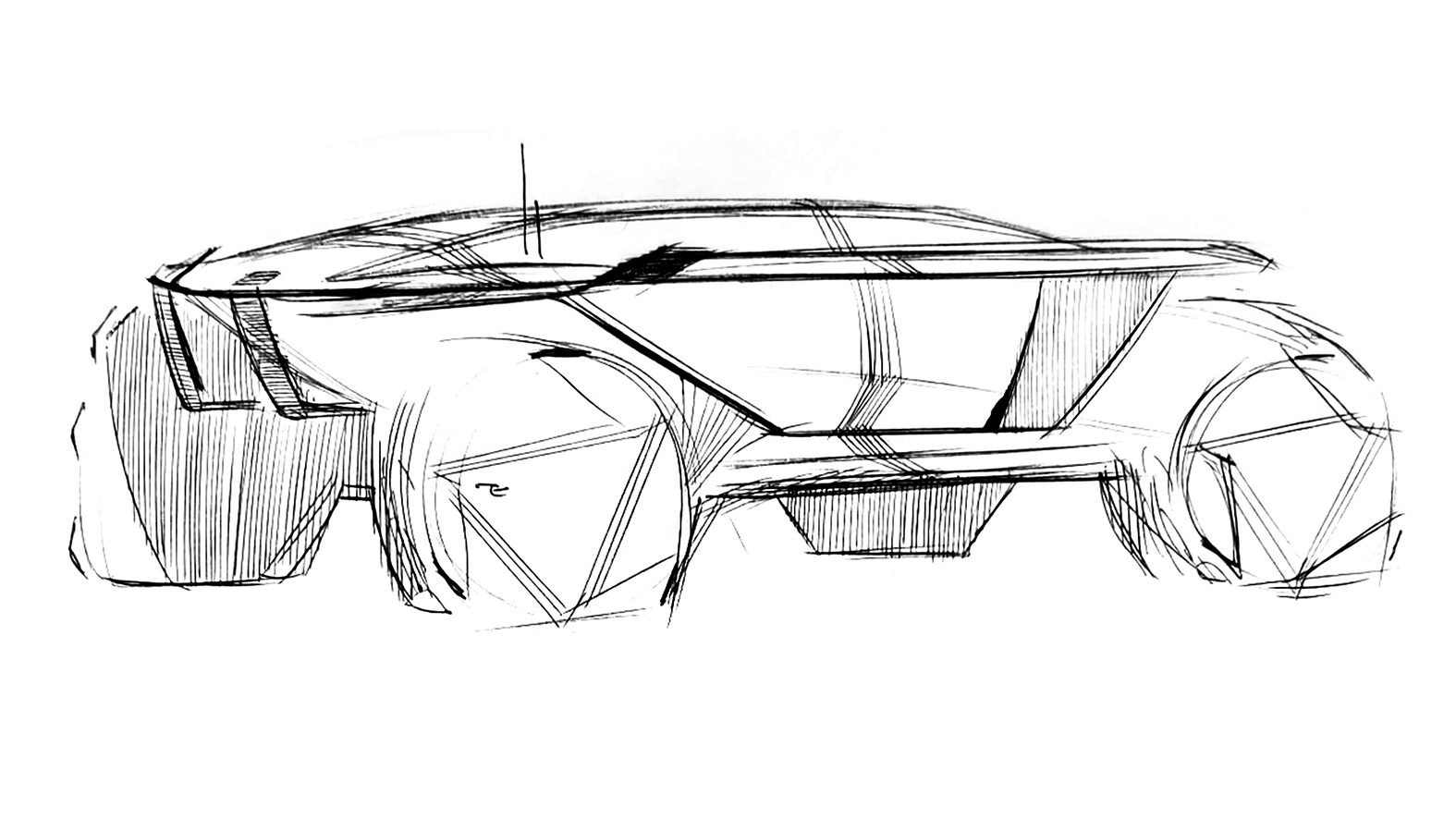
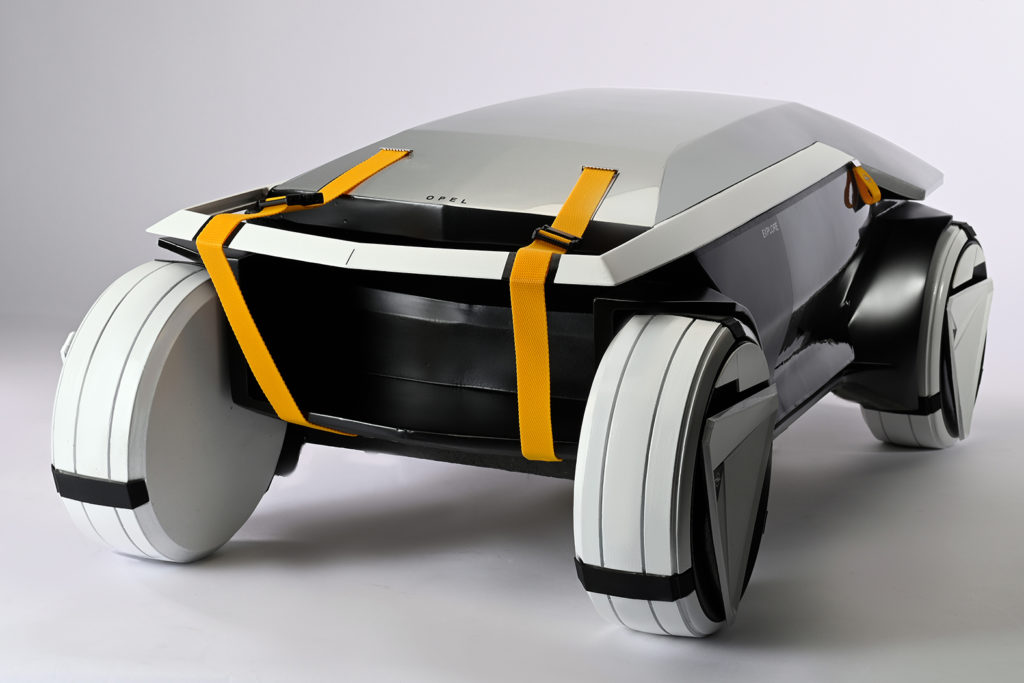
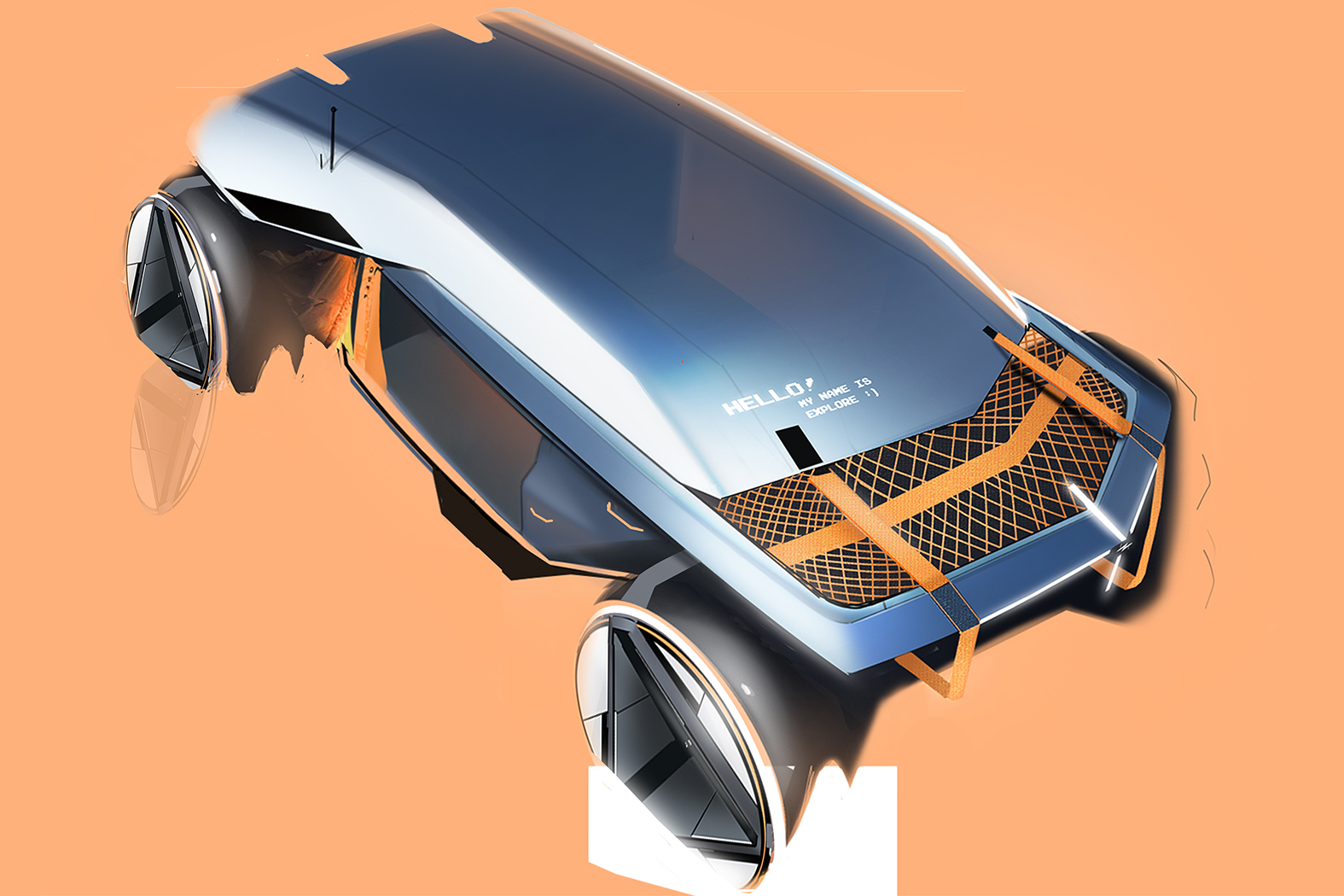
Just like nature the flat silhouette of the vehicle itself a waiting to be explore. People can take a seat on the roof of the “Explore”, as well as in the net at the front, the design of which takes up the shape of the brand-typical “Opel Vizor”. Fabian Reiser turns the fact that vehicles are stationary on average 95 percent of the time into a virtue – the car as an object on which you can spend time.
Answer to space limitations
With the “Opel Compact”, Adrian Schindler is looking for an answer to another spatial economic question that the car brings with it. Because, not only is it stationary most of the time, it also takes up space – on average twelve square meters – and space is at a premium, especially in urban areas. His answer: The Opel Compact. When not in use, the shrinks and the cockpit disappears.
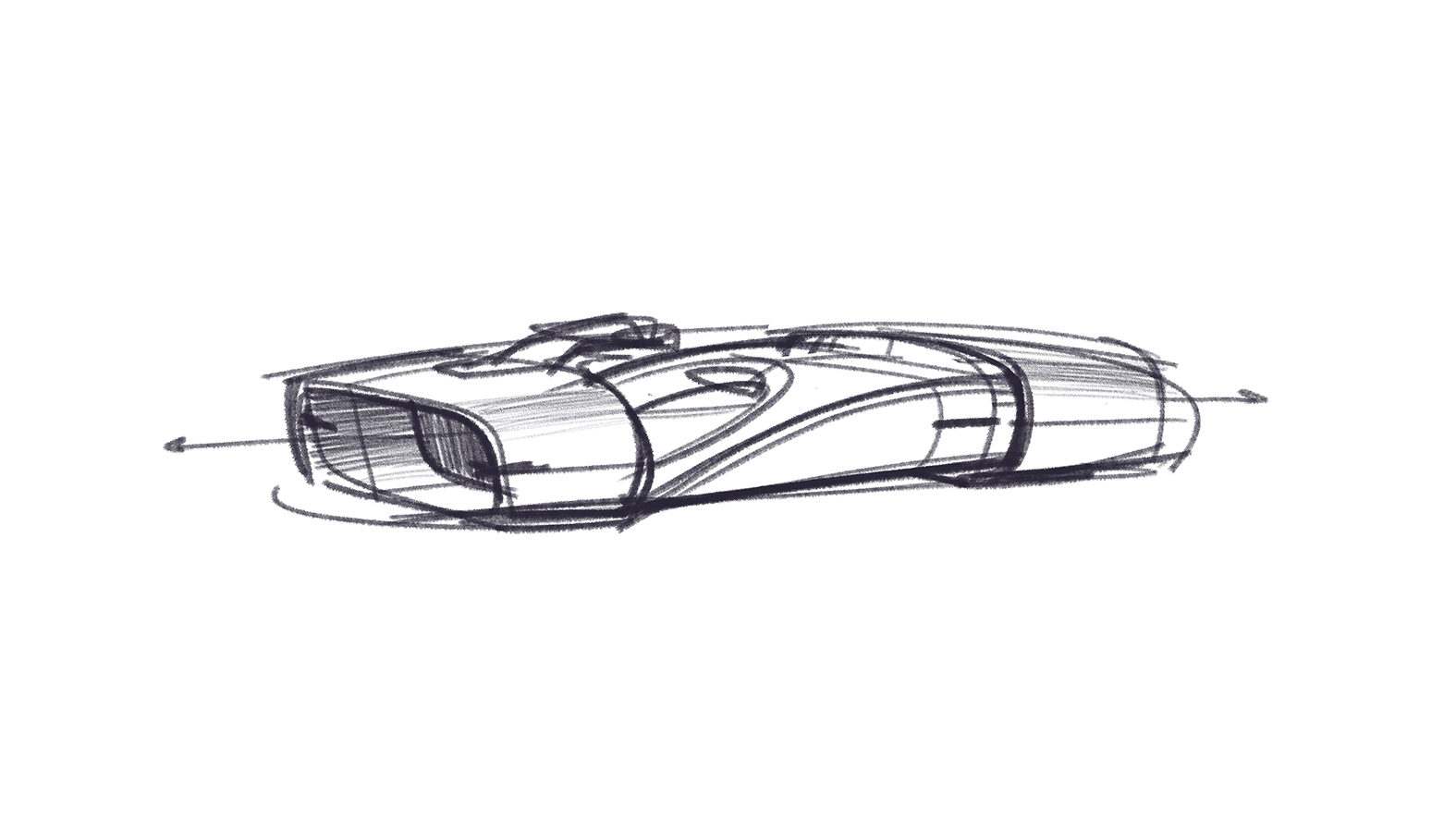
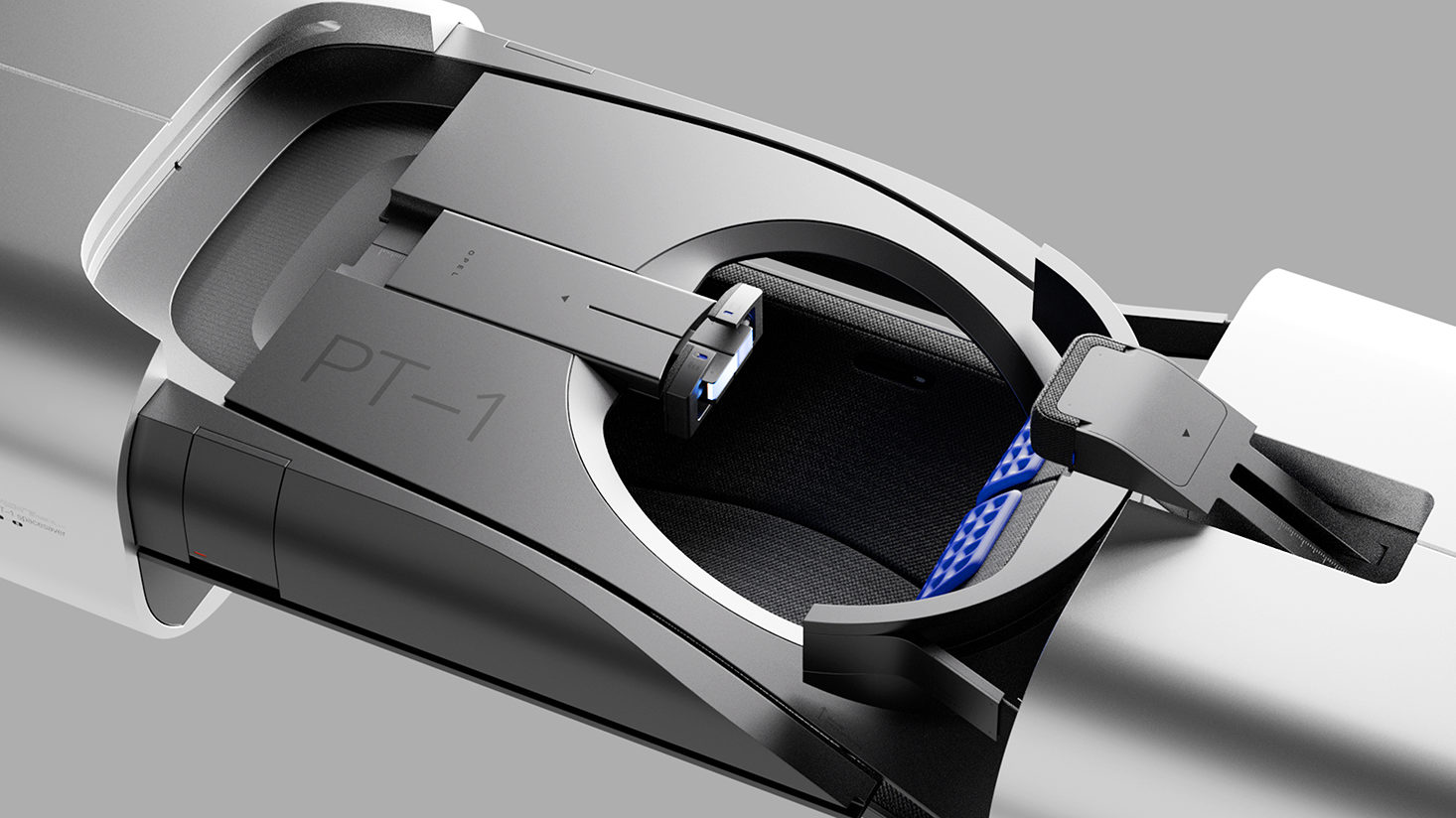
With the “Opel 432 HZ”, Vincent Piaskowski investigated to another topic that is increasingly affecting automobile manufacturers who want to convince buyers not only with sensible arguments, but with a holistic experience: the UX, i.e. user experience, and the user interface, in short UI, in the interior are playing an increasingly important role. Vincent Piaskowski lets the driver experience sound and air. He calls the interior “A Portal Forward.”
Opel philosophy included
It is no coincidence that the results bear a clear Opel signature. The designers around Florian Theis closely accompanied the six-month process from the first sketches to the 3D models and conveyed the philosophy of Opel design, which is based on the pillars “Modern German”, “Detox” and “Greenovation”. The students of the 4th semester were also on site in Rüsselsheim for a week for a clay workshop.
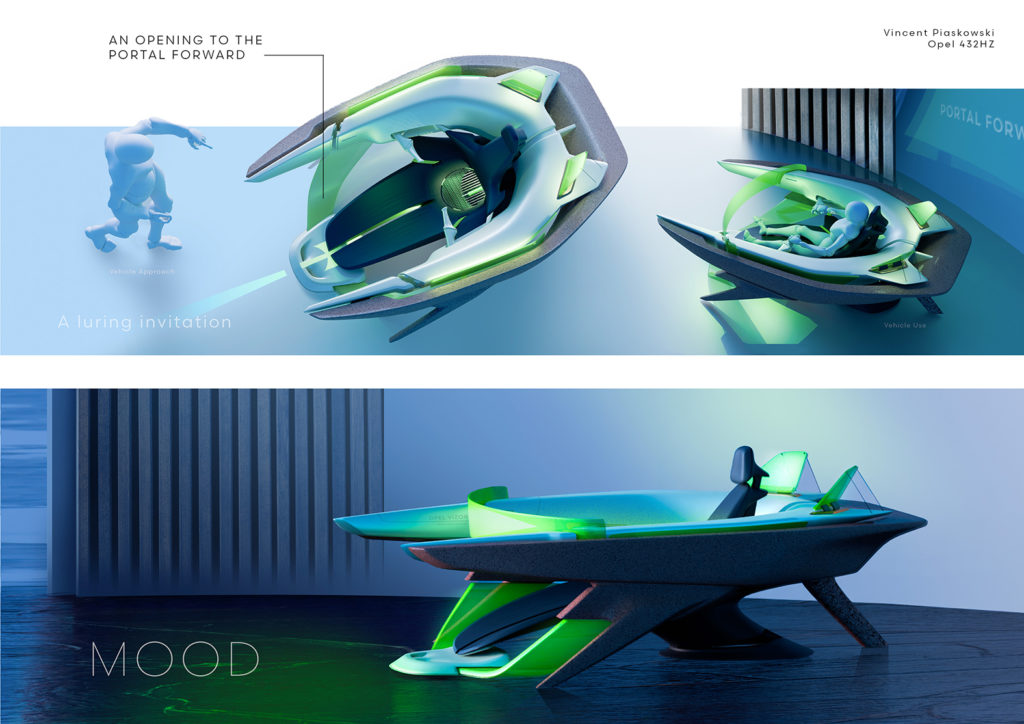
“By taking part in this real project, the students gained valuable experience and insights into the Opel design world,” said Kurt Beyer. Two of the participants will be rewarded with an internship: Nico Alber (“Opel Switch”) and Konstantin Sorge (“Opel Pavilion”) will gain experience in Opel design for several months.
Food for thought for current projects
“Working with young people is enriching,” emphasized advanced designer Florian Theis. The Opel design team would like to thank all students for their outstanding work: “We received exciting food for thought that will be incorporated into ongoing projects.”
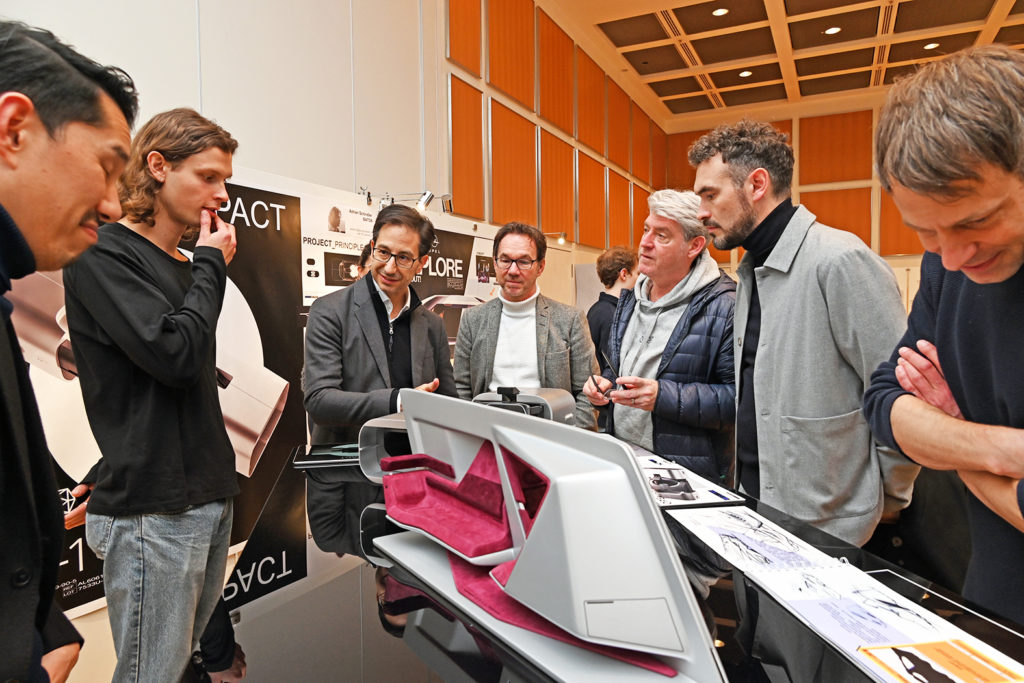

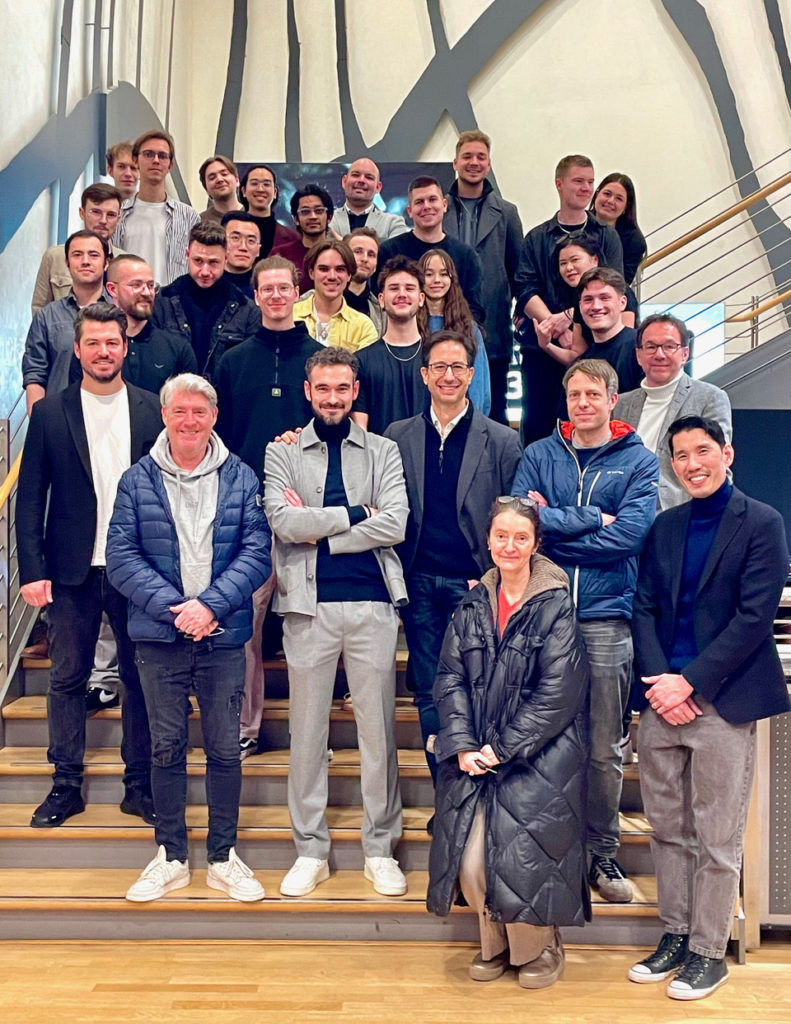
6th semester interior
Mara Baumann +++ Nicolas Lindsay +++ Fabian Reitz +++ Carolin Yumiko Weiss +++ Vicent Piaskowski +++ Zübeyde Bozkurt +++ Yankun Lu +++ Toang Dang +++ Adrian Schindler +++ Luisa Schwarzhaupt +++ Konstantin Sorge
4th semester exterior
Fabian Reiser +++ Niklas Beckbissinger +++ Shubham Narola +++ Nico Alber +++ Daniil Zharov +++ Max Schultheiss +++ Güber Bölücbasi +++ Maximilian Billing +++ Simon Olescher +++ Marc Speier
March 2024
